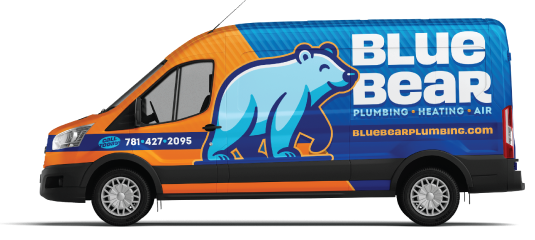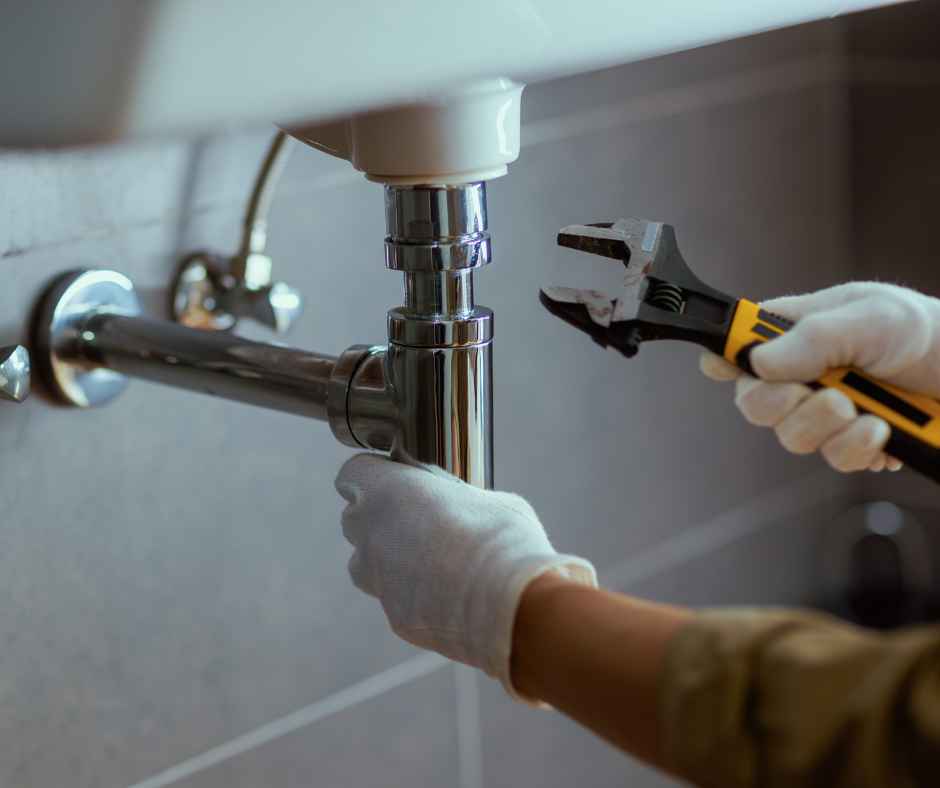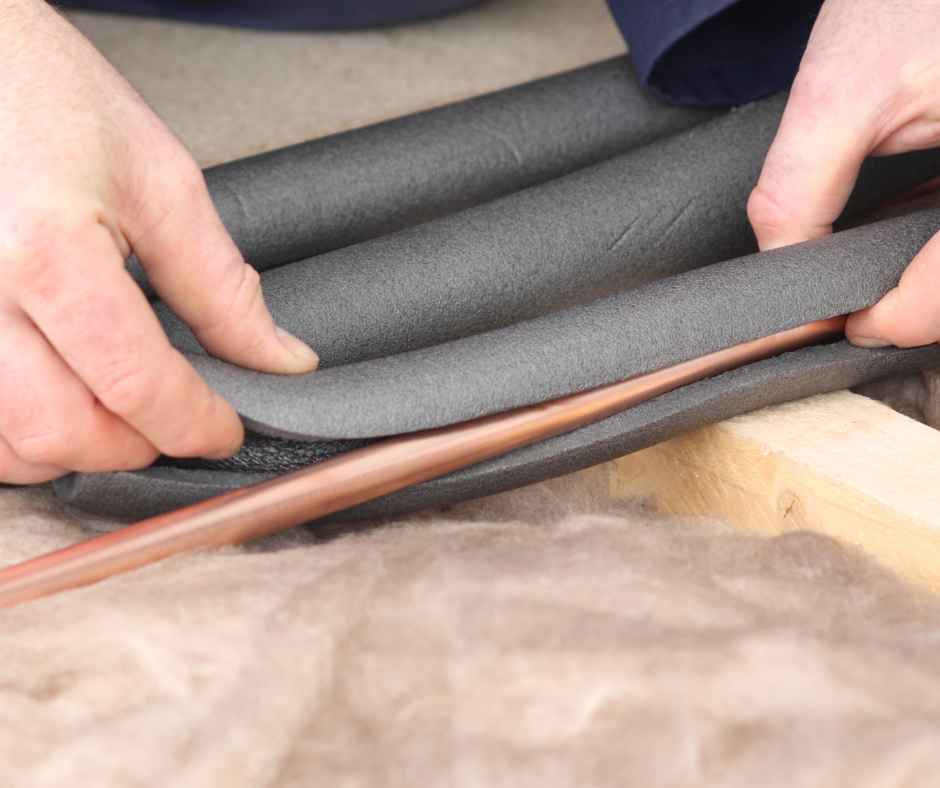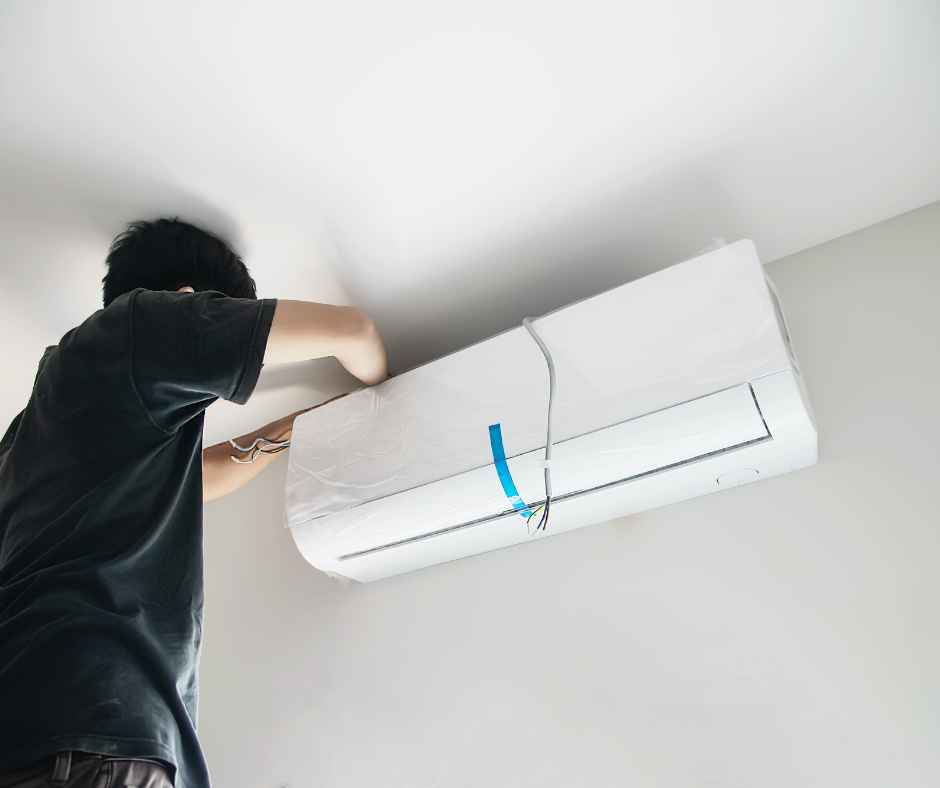What the R-22 Phase Out Means For Your Home
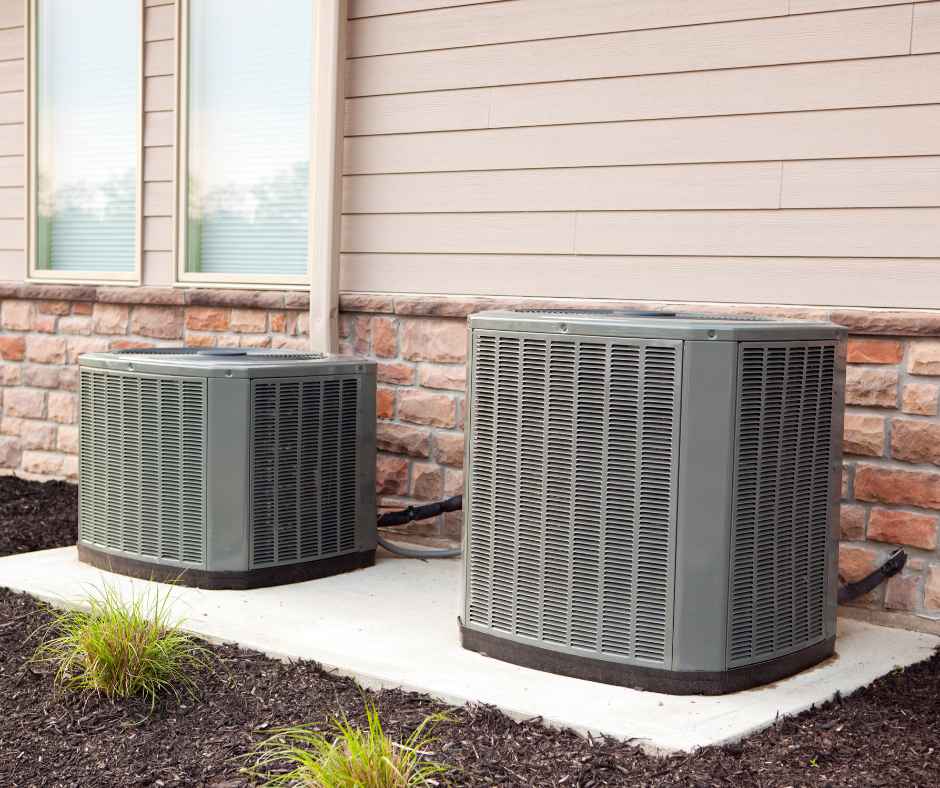
If your air conditioner was installed more than a decade ago, there’s a good chance it’s running on R-22 refrigerant—also known as Freon. For years, R-22 was the industry standard, but that’s changed in a big way. As part of an international effort to reduce substances that deplete the ozone layer, R-22 is being phased out across the U.S. This transition has serious implications for homeowners still relying on older systems.
From higher repair costs to potential system replacement, it’s essential to understand what the R-22 phase-out means for your comfort and budget. In this blog, we’ll break down what’s happening, how to tell if your home is affected, and what steps you can take to stay ahead of the change.
What Is the R-22 Phase Out?
R-22, commonly known as Freon, was once the go-to refrigerant used in residential air conditioning systems. It helped cool millions of homes across the country for decades. However, it was also discovered to be a major contributor to ozone layer depletion, prompting regulatory changes on a global scale.
In 2010, the U.S. began phasing out R-22 under the Environmental Protection Agency’s Clean Air Act guidelines, eventually banning its production and import entirely by January 1, 2020. That means no more new R-22 is being made, and only recycled or stockpiled supplies are available—at a much higher cost.
Why does this matter to you as a homeowner? If your AC system still uses R-22, repairs and refrigerant refills have become significantly more expensive. In some cases, technicians may not be able to service your system at all due to lack of parts or refrigerant. Over time, it will become increasingly impractical and costly to maintain older R-22-based systems, making it essential to plan for the future.
Signs Your Home Is Still Using R-22
If you’re unsure whether your home is affected by the R-22 phase-out, you’re not alone. Many homeowners don’t realize their AC systems are running on outdated refrigerant until a problem pops up. Knowing what to look for can help you make informed decisions before issues arise.
Common Signs
Your system was installed before 2010: Most units manufactured before this date were designed for R-22.
- AC label mentions R-22 or Freon: Check the label on your outdoor condenser unit—it often lists the refrigerant type.
- You’re paying more for repairs or refrigerant top-offs: R-22 prices have skyrocketed due to limited supply.
- Your technician references a refrigerant ban or shortage: This often means your system is using phased-out refrigerant.
Why You May Still Be Using R-22
- Outdated HVAC technology: R-22 was the standard for decades, so many systems still in use were simply built that way.
- Delayed upgrades: Replacing an HVAC system can be a big investment, and many homeowners have opted to wait until absolutely necessary.
- Lack of awareness: Some people aren’t aware their system uses R-22 or what the phase-out means until they run into a problem.
What You Can Do About It
Learning your AC system relies on R-22 might feel overwhelming—but the good news is, there are clear steps you can take to protect your home comfort and plan ahead. Whether you’re a DIY-minded homeowner or prefer professional help, it starts with identifying what you’re working with.
DIY Steps to Identify Your System
- Check the nameplate on your outdoor unit: Look for a label that lists the type of refrigerant used. If it says R-22 or Freon, your system is affected.
- Review installation paperwork or dates: Units installed before 2010 are very likely to use R-22.
- Ask your current HVAC provider: A quick inspection or maintenance visit can confirm your refrigerant type and system status.
These steps give you a solid understanding of your current setup and help you avoid surprises during a breakdown or maintenance call.
When to Call a Professional
- Your system is leaking refrigerant: R-22 leaks are not only costly—they’re also harmful to the environment and increasingly difficult to repair.
- You’ve noticed a drop in performance or rising energy bills: Older systems can struggle to cool efficiently, especially when low on refrigerant.
- You’re ready to plan for a replacement: HVAC professionals can help you explore newer, more energy-efficient systems that use approved refrigerants like R-410A or advanced alternatives.
A trusted technician can walk you through your options and help you make a cost-effective decision based on your home’s needs and your budget.
Tips to Prepare for the Transition
The phase-out of R-22 doesn’t mean you have to replace your system today—but it does mean you should start preparing. Taking proactive steps now can save you from unexpected expenses or cooling emergencies down the line. Here are a few smart ways to get ready:
- Schedule a full HVAC inspection: Have a licensed technician evaluate your system and confirm whether it uses R-22.
- Plan for replacement over repair: If your system is nearing the end of its lifespan, consider replacing it before you’re forced to.
- Budget for a new system: Knowing that R-22 will only get more expensive helps you plan financially for a modern upgrade.
- Explore eco-friendly alternatives: Systems that use refrigerants like R-410A are not only compliant—they’re also more efficient and environmentally friendly.
- Ask about rebates or financing: Many local utilities and HVAC companies offer incentives for upgrading to energy-efficient systems.
- Avoid putting money into aging equipment: Expensive repairs to outdated units often aren’t worth it when replacement is the smarter long-term move.
A little preparation now can mean a smoother, more affordable transition—and peace of mind when summer heat rolls in.
Wrap-Up: Call Blue Bear Today
The R-22 phase-out marks a major shift in how we manage home cooling systems—but it doesn’t have to be stressful. If your AC still runs on R-22, understanding the risks and costs now can help you avoid inconvenient breakdowns and costly repairs later. Planning ahead means you’ll be ready when it’s time to upgrade, and you’ll benefit from improved efficiency, reliability, and comfort.
Whether you need help identifying your current system, exploring replacement options, or taking advantage of available rebates, the team at Blue Bear Plumbing, Heating & Air is here to help. We’ll guide you through the transition and make sure your home stays cool, efficient, and compliant.
Contact Blue Bear Plumbing, Heating & Air today to schedule an HVAC inspection or learn more about your refrigerant upgrade options!
Contact Us Today
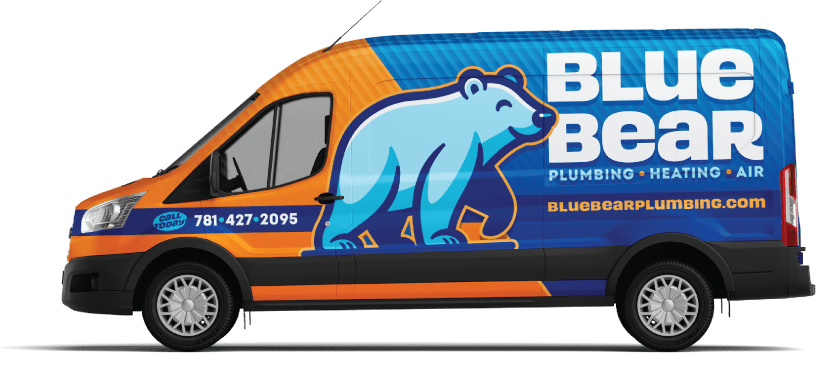
Routine maintenance is vital for the longevity of your plumbing, heating, and air conditioning systems. Sign up for our Blue Care Maintenance Plan for annual service and exclusive membership benefits, including:
- Priority scheduling
- Waived service fee during normal business hours
- 10% discount on service calls
- 3% discount on new installations
- Two-year parts and labor warranty on new equipment


